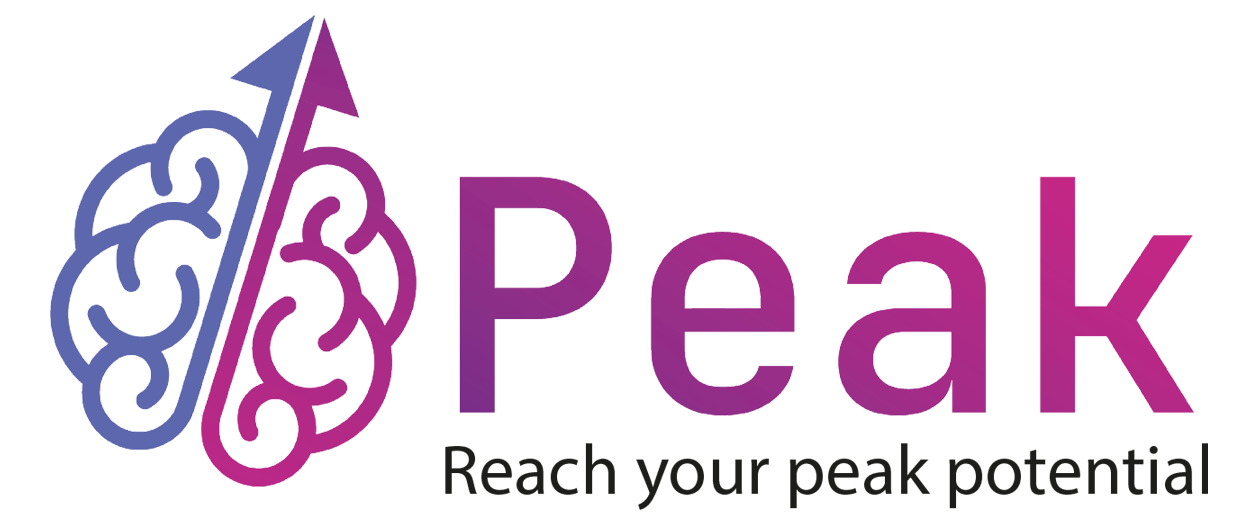Learning Disabilities
What are Learning Disabilities?
If your child is facing challenges in school, it’s important to know that you’re not alone. Statistics suggest that approximately 1 in 5 children have some form of learning or attention disorder. These disorders encompass a range of issues. It’s crucial to understand that children with learning issues are often just as intelligent as their peers but struggle to reach their full academic potential. Unfortunately, there are a lack of necessary support and intervention. This failure to address their needs can lay the groundwork for long-lasting feelings of inadequacy, shame, frustration, and low self-esteem in these children.

Neurofeedback training for Learning Disabilities
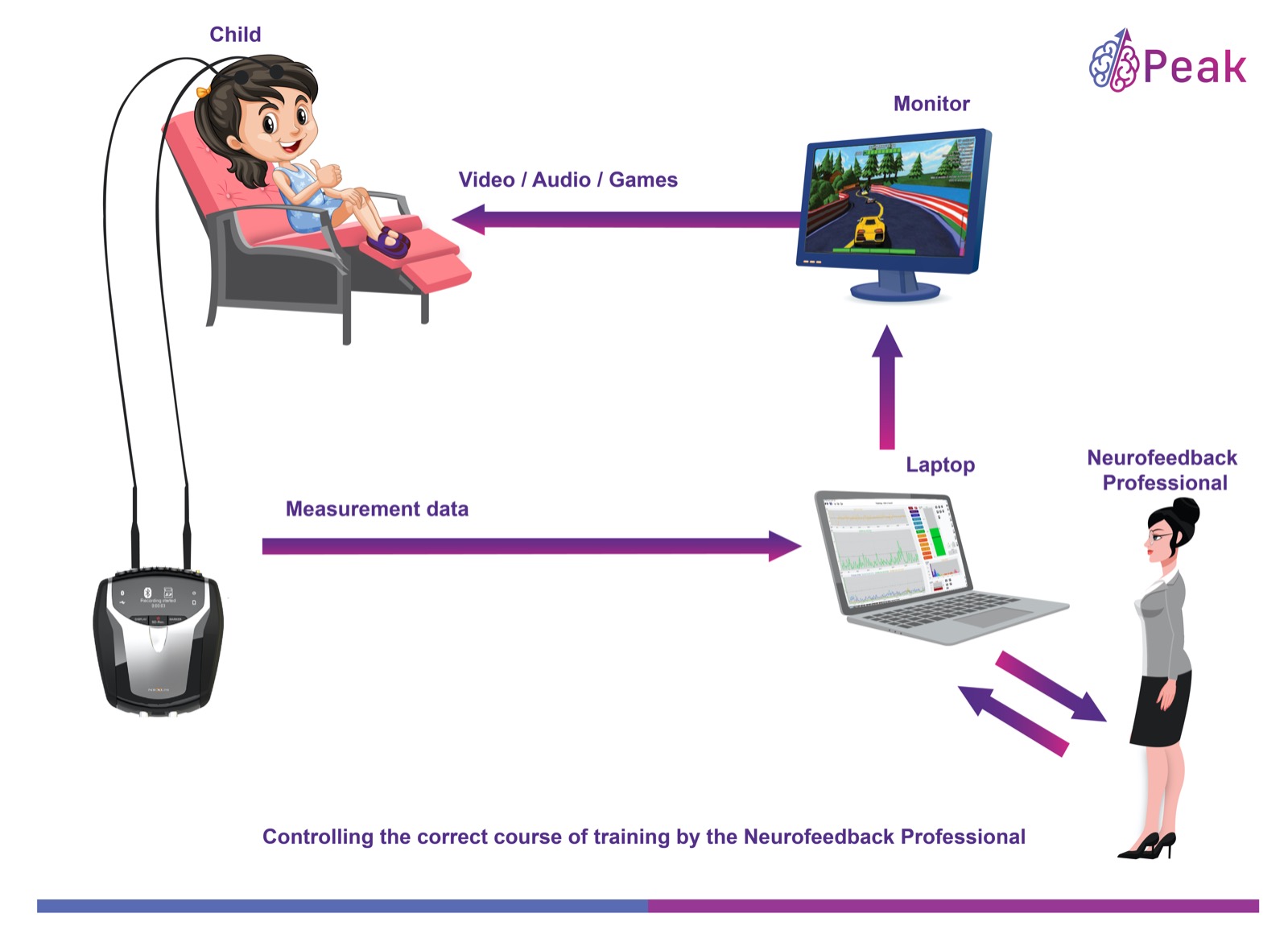
The specific ways in which learning disabilities affect brainwave patterns can vary depending on the individual and the type of learning disability involved. However, research has identified some general trends and differences in brainwave activity among individuals with learning disabilities. Neurofeedback is a technique used to train individuals to self-regulate their brainwave activity. In the case of LD, neurofeedback aims to address the brainwave abnormalities commonly associated with the condition and promote more optimal patterns of brain activity. For example if the LD resulted from high level of Theta waves (relaxation waves) leading to difficulty focusing attention in school or workplace, the role of neurofeedback is to train to decrease the Theta waves and accordingly improve attention abilities. If the LD resulted from low Alpha or Beta, the role of neurofeedback training is to train the individual to increase Alpha or Beta waves and accordingly attention and active thinking will improve.

FDA-approved
Neurofeedback is an effective, FDA approved Intervention and considered as type of therapy for mental health.
Long Lasting
Neurofeedback training is designed to produce lasting changes in brainwaves patterns and self-regulate.
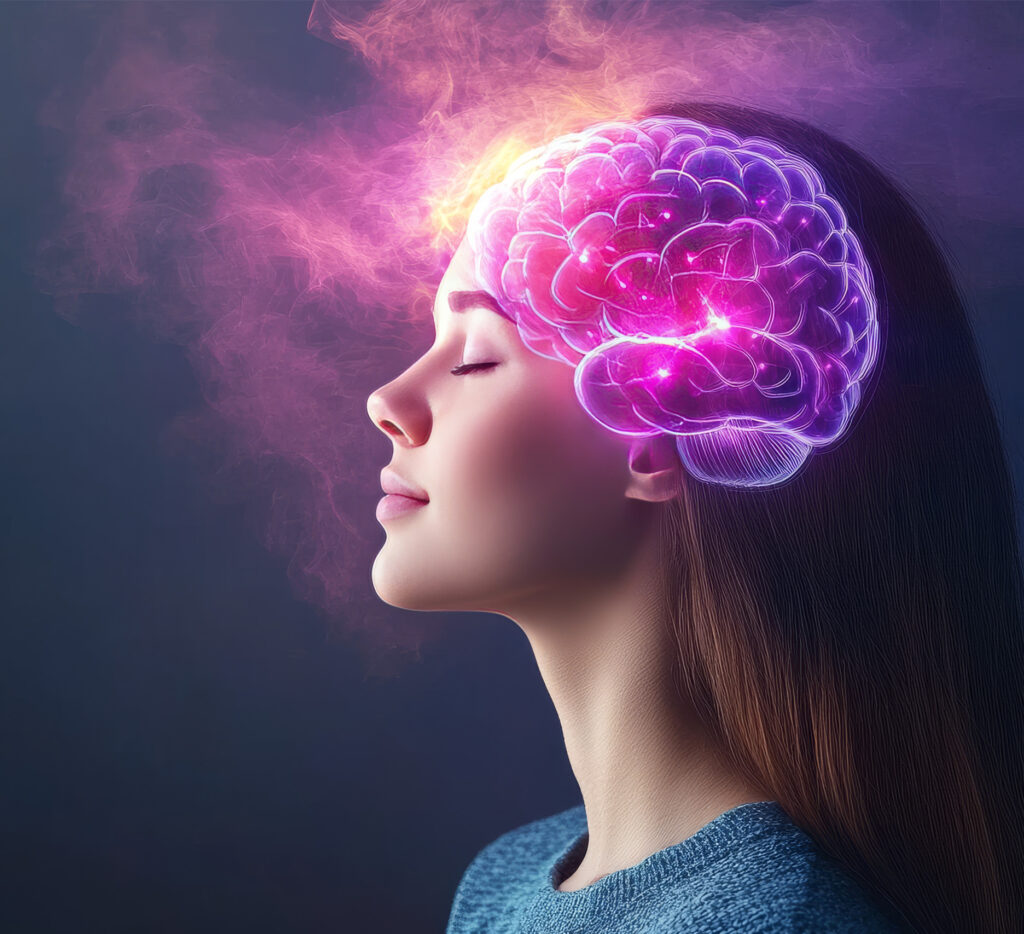
Personalised
It’s tailored for individual’s specific needs and brainwaves patterns. The goal of neurofeedback is to identify and address the specific dysregulations.
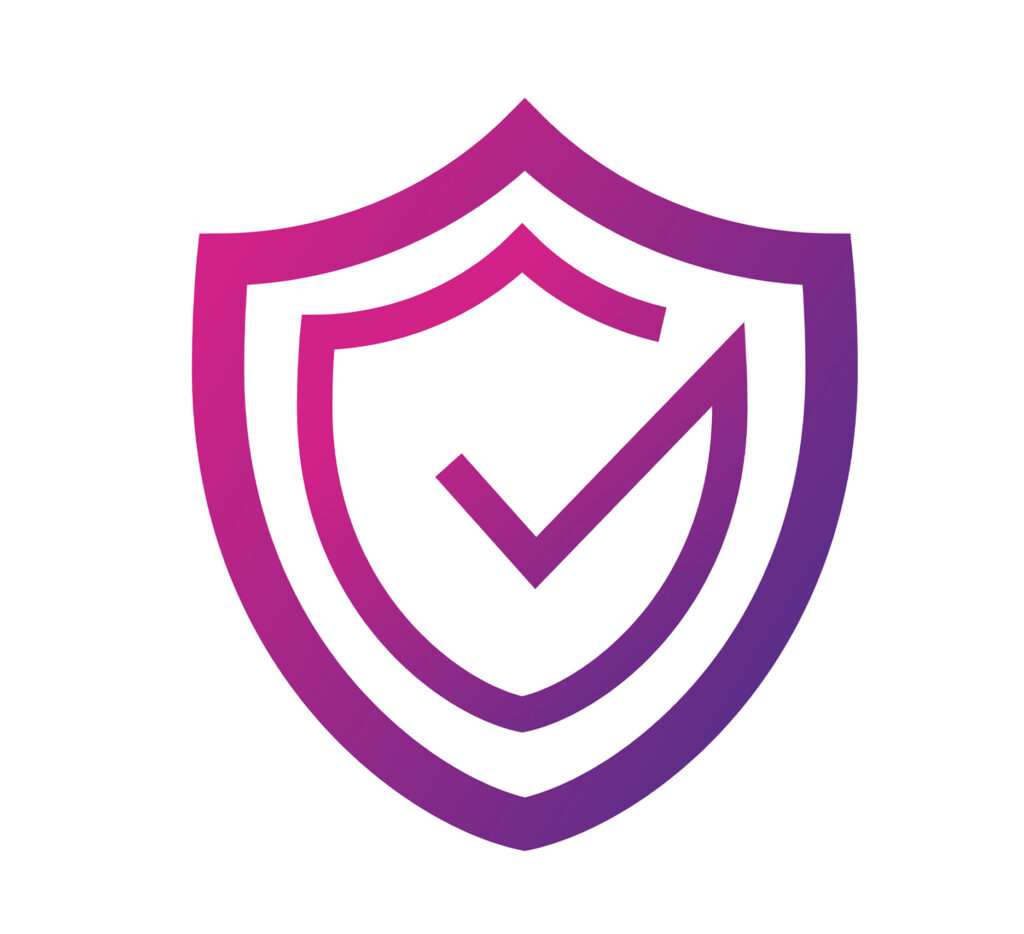
Natural and safe
It’s only a response to brainwaves activity. It’s safe, non-invasive, non-pharmacological, to brain registration.
Here's how neurofeedback can potentially help correct brainwave abnormalities in learning disabilities:
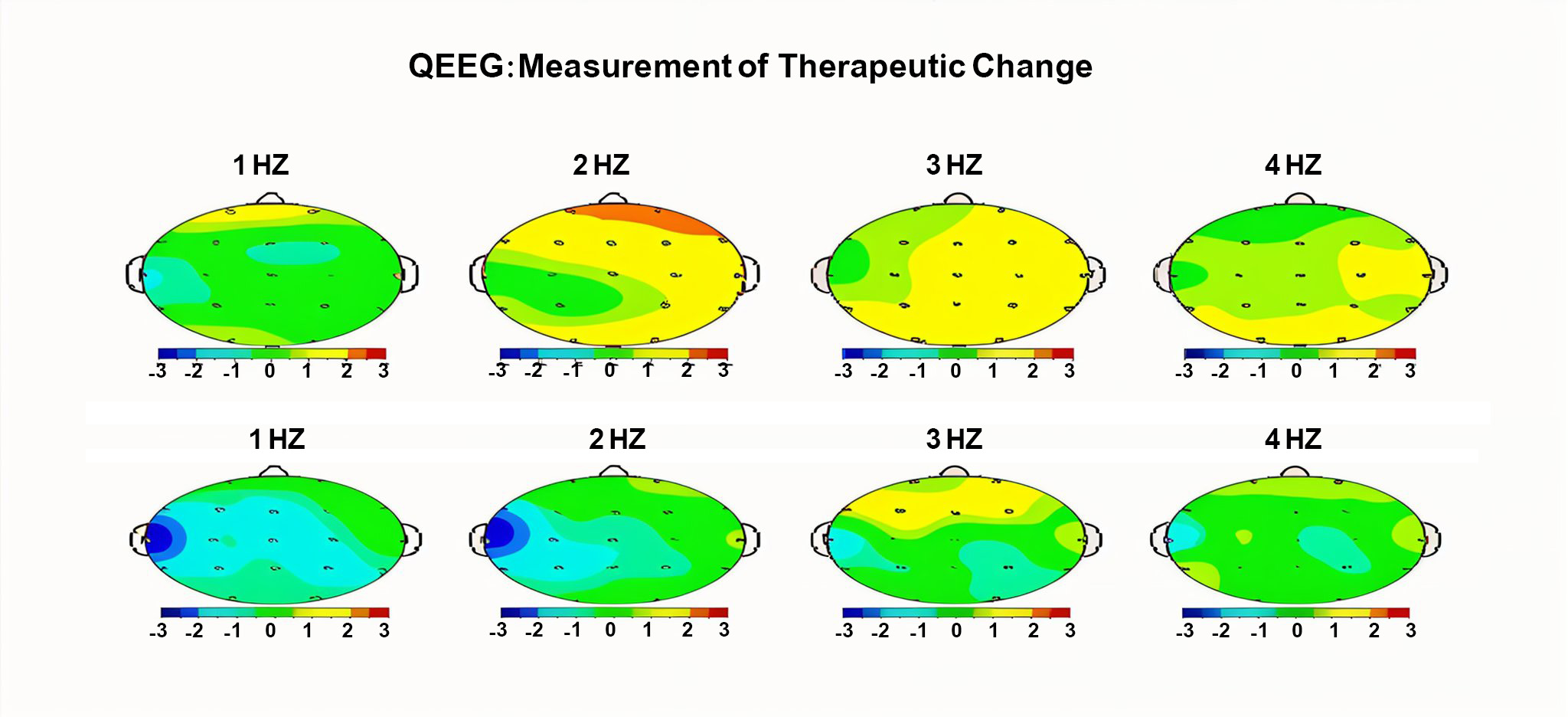
Decrease in high theta waves after neurfeedback in LD.
Assessment:
The first step in Neurofeedback is conducting an assessment, which may involve techniques like quantitative electroencephalography (QEEG). This assessment helps identify the specific brainwave patterns associated with the learning disability.
Targeted Training:
Based on the assessment results, a personalized neurofeedback training protocol is created. The individual engages in sessions where they receive real-time feedback about their brainwave activity.
Feedback and Reinforcement:
During a Neurofeedback session, sensors are placed on the individual's scalp to measure their brainwave activity. This information is then processed and presented to them through visual or auditory feedback. The feedback is designed to represent the targeted brainwave patterns associated with improved cognitive functioning.
Self-Regulation Training:
The individual learns to self-regulate their brainwave activity by consciously adjusting their mental state or engaging in specific cognitive strategies based on the feedback received. Through repeated practice, they develop greater control over their brainwave patterns.
Neuroplasticity and Learning:
Neurofeedback training aims to promote Neuroplasticity, the brain's ability to reorganize and form new neural connections. As the individual engages in Neurofeedback sessions and learns to modulate their brainwave activity, the brain can adapt and create more efficient pathways for information processing and learning.
Generalization and Transfer:
The ultimate goal of neurofeedback is to facilitate the generalization of improved brainwave patterns to real-life situations. The individual learns to apply the self-regulation skills acquired during neurofeedback sessions to their daily life, including academic tasks, work, and other cognitive activities.

How Learning Disability Brains Work Differently?
The specific ways in which learning disabilities affect brainwave patterns can vary depending on the individual and the type of learning disability involved.
However, research has identified some general trends and differences in brainwave activity among individuals with learning disabilities.
Here are a few key points:
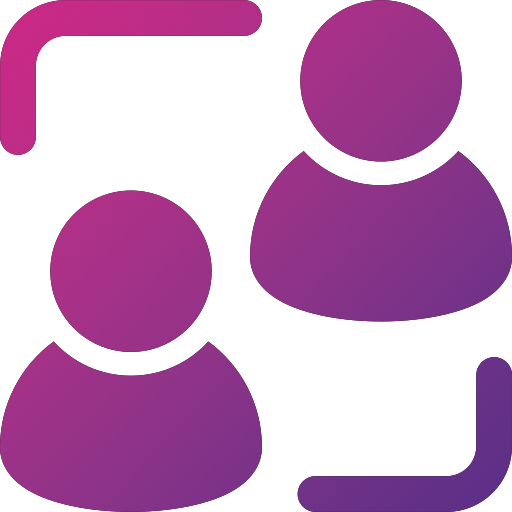
Connectivity and Synchronization:
Individuals with learning disabilities often exhibit atypical patterns of connectivity and synchronization between different brain regions. These abnormalities can affect the efficient transmission of information and coordination of neural networks involved in learning and information processing.
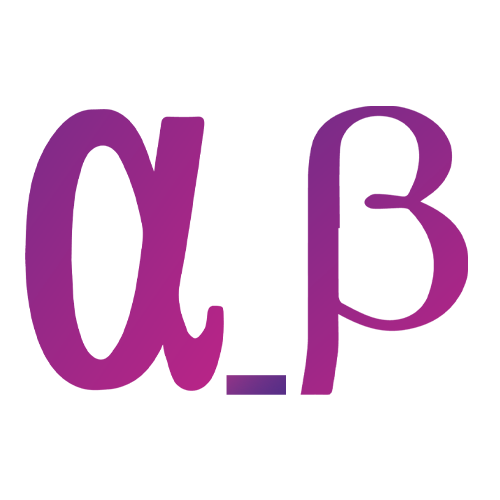
Alpha and Beta Waves:
Alpha waves (associated with relaxed but alert states) and Beta waves (associated with focused attention) may show differences in individuals with learning disabilities. Some studies suggest that individuals with reading disabilities, for example, may have reduced Alpha and Beta waves activity during reading-related tasks, indicating challenges in maintaining focused attention.

Theta Waves:
Theta waves (associated with daydreaming and drowsiness) may show increased activity or less regulation in individuals with learning disabilities. This excess theta wave activity can contribute to difficulties in sustained attention, concentration, and maintaining a focused state of mind.
It’s important to note that the specific brainwave patterns and their implications can vary depending on the type of learning disability and the individual. Additionally, there are individual variations in depending on the root cause and severity of learning disabilities.
Who has Learning Disabilities?

Learning disabilities are neurologically rooted challenges in processing information that can impact individuals across different age groups. Typically, these disabilities are identified during childhood when difficulties arise in acquiring essential learning skills like reading, writing, mathematics, or science. However, it’s important to recognize that learning disabilities can also affect adults, presenting as difficulties in higher-level skills such as time management, organization, short-term memory, and the ability to maintain focus and attention.
Symptoms of Learning Disabilities
Individuals with learning disabilities face a diverse range of challenges that can vary in severity. In children, these challenges may manifest as difficulties in reading, writing, or maintaining focus and attention. Some children may perceive letters in a different order or find words on a page appearing misplaced. When writing, they may struggle with organizing words correctly. These difficulties can lead to behavioral issues and challenges in social interactions, making it harder for them to form friendships.
Similarly, adults with learning disabilities may encounter difficulties in reading and writing. Many report struggles with spelling. Additionally, both children and adults with learning disabilities often experience impairments in short-term memory, making it harder for them to retain and recall information.

Possible Causes of Learning Disabilities

Several factors can contribute to the development of a learning disability, including:
- Birth-related brain damage
- Traumatic brain injury (TBI)
- Genetic predisposition
- Psychological trauma
- Prenatal exposure to alcohol or drugs
- Fetal complications or illness
- Exposure to environmental toxins
It’s important to note that while these factors can increase the risk of learning disabilities, not every individual exposed to these factors will necessarily develop a learning disability. The interplay of various factors is complex, and each person’s situation is unique.
Book Your Consultation
Giving you the opportunity to
Answer all your questions
Assess whether our services are suitable for your needs
